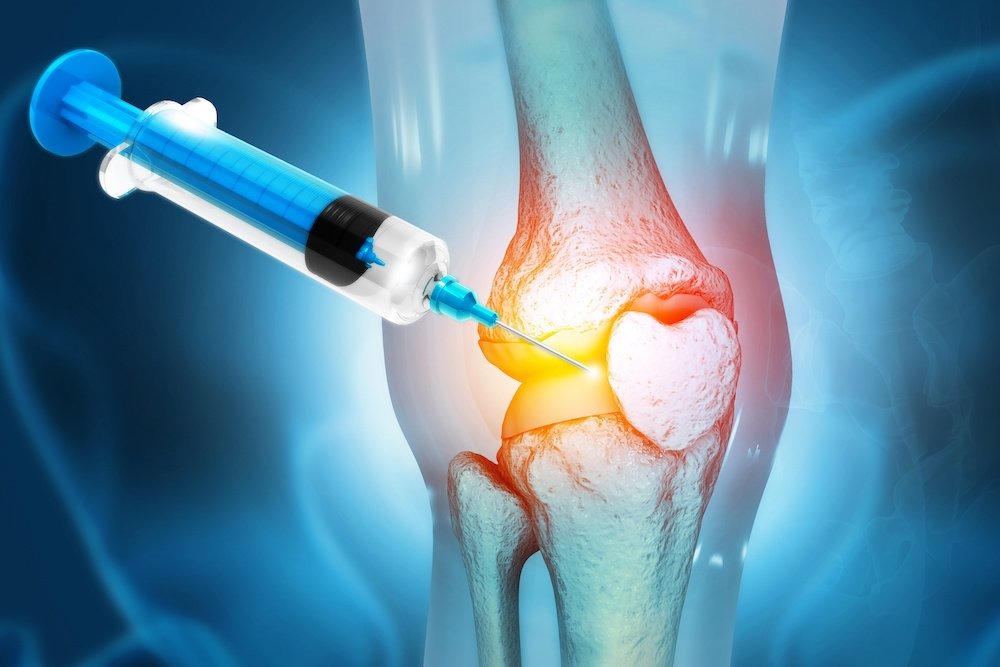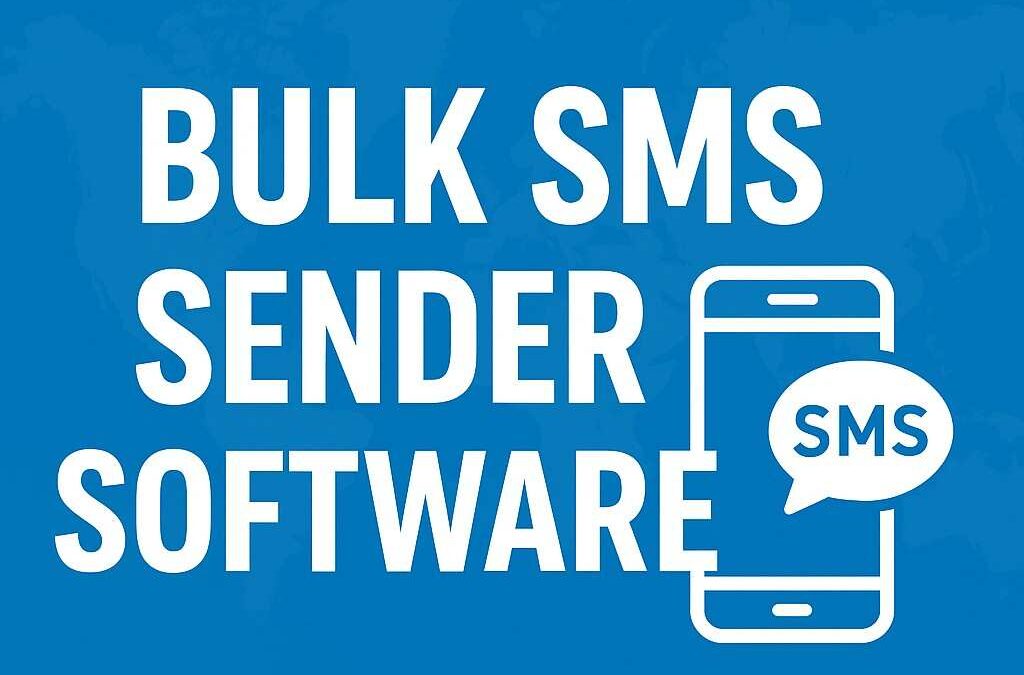Joint pain can affect your ability to walk, work, or simply enjoy everyday life. Whether caused by arthritis, injury, overuse, or age-related wear and tear, joint discomfort can range from a dull ache to severe stiffness that limits mobility. Fortunately, not all joint issues require surgery. In fact, many patients find lasting relief through non-surgical treatments that are both safe and effective.
At Neurology and Pain Management Clinic (NPMC) in Delhi, Dr. Gautam Arora, MBBS, MD, DM, offers a range of advanced, non-surgical options tailored to reduce inflammation, improve function, and help patients return to a pain-free life. Here are the top non-surgical treatments for joint pain you should know about.
1. Physical Therapy
One of the most effective first-line treatments for joint pain is physical therapy (PT). A customised PT plan focuses on:
-
Strengthening muscles around the joint
-
Improving flexibility and range of motion
-
Teaching proper movement techniques to reduce further damage
Consistent therapy can alleviate pain, improve stability, and sometimes delay or even eliminate the need for surgery.
2. Medications
Non-steroidal anti-inflammatory drugs (NSAIDs) such as ibuprofen or naproxen help reduce inflammation and pain. For patients with chronic pain, doctors may also prescribe:
-
Muscle relaxants
-
Topical creams
-
Corticosteroid tablets
-
Disease-modifying antirheumatic drugs (DMARDs) for autoimmune-related joint issues like rheumatoid arthritis
These medications provide temporary relief and are often used in combination with other therapies.
3. Joint Injections
Injections offer targeted pain relief directly into the affected joint, commonly used for knee, shoulder, hip, and spinal joints.
Types include:
-
Corticosteroid injections – Powerful anti-inflammatory effects lasting weeks to months.
-
Hyaluronic acid injections – Lubricate joints, especially effective for osteoarthritis in the knee.
-
Platelet-Rich Plasma (PRP) – Uses the body’s own healing cells to reduce inflammation and promote tissue repair.
Dr. Arora uses ultrasound-guided techniques to ensure precision and maximize effectiveness.
4. Lifestyle Modifications
Simple changes can have a big impact on joint health:
-
Weight management to reduce pressure on joints
-
Low-impact exercises like swimming or cycling
-
Ergonomic changes at work or home
-
Proper footwear to support joint alignment
Such modifications support long-term joint function and reduce the risk of flare-ups.
5. Assistive Devices and Bracing
Braces, orthotics, or canes can offload stress from painful joints and improve movement. In some cases, temporary joint immobilisation can help reduce swelling and pain, especially after injury.
Final Thoughts
You don’t have to jump straight to surgery to find joint pain relief. With the right combination of non-surgical treatments, many people experience dramatic improvement in pain, mobility, and quality of life. At NPMC, Dr. Gautam Arora designs personalised, evidence-based plans that prioritise minimally invasive care and long-term relief.
If joint pain is holding you back, it’s time to explore your non-surgical options and take the first step toward healing, without going under the knife.







0 Comments